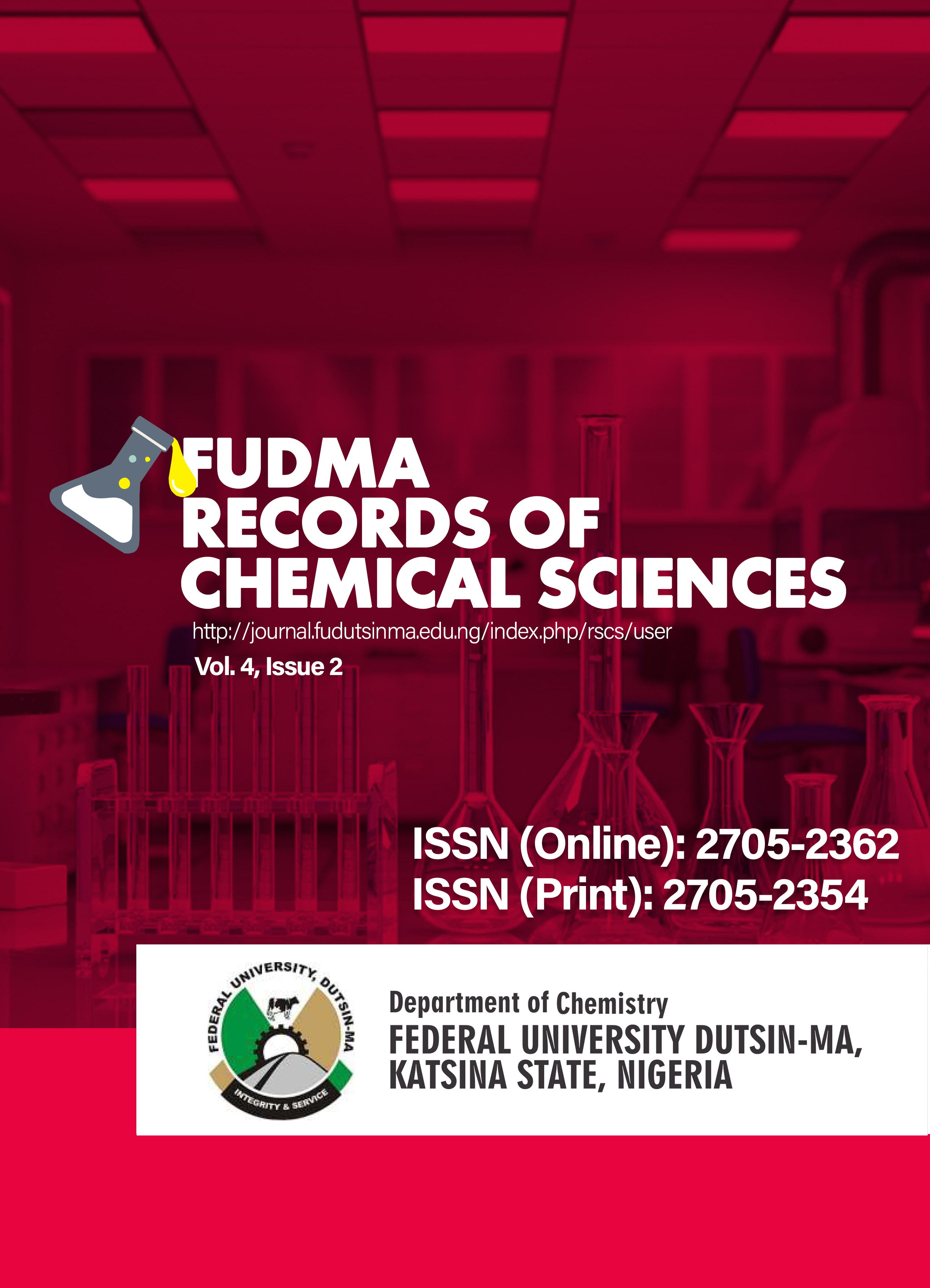Effect of Insecticide (Topstoxin) on the Reproductive Indices Clarias geriepinus (African Catfish)
DOI:
https://doi.org/10.33003/frscs-2025-0402/01Keywords:
Insecticide, Topstoxin, Reproductive indices, Clarias geriepinusAbstract
quatic ecosystems are increasingly threatened by agricultural runoff containing pesticides
such as Topstoxin, a commonly used organophosphate. These contaminants pose a significant
risk to the reproductive health of aquatic organisms, particularly fish species like Clarias
gariepinus, which are important for aquaculture and ecological balance. In this study, a six
month static renewal bioassay was conducted to assess the chronic reproductive effects of
sublethal Topstoxin exposure on C. gariepinus. A total of 200 juvenile fish were exposed to
five concentrations of Topstoxin (0.00%, 1.50%, 2.50%, 3.50%, and 4.50%). Hormonal
induction using Ovaprim was applied to evaluate the effects on gamete quality, sperm
motility, milt volume, fertilization rate, hatching success, and larval viability. Data were
analyzed using one-way ANOVA at a 95% confidence level. The results revealed significant
dose-dependent declines in reproductive performance. Sperm motility was reduced by 65%,
from 85% in the control group to 30% at the highest concentration (4.5 mg/L). Sperm
abnormalities rose from 5% to 40%, and sperm volume declined by 58% (from 0.95 mL to
0.40 mL). Fertilization rates dropped by 71%, from 85% in the control to 25%, and larval
hatching success and survival were markedly impaired. In conclusion, chronic exposure to
sublethal concentrations of Topstoxin significantly disrupts reproductive indices in Clarias
gariepinus. These findings underscore the ecotoxicological risks posed by pesticide
contamination in freshwater systems and highlight the need for stringent regulation and
monitoring of pesticide usage near aquatic habitats






